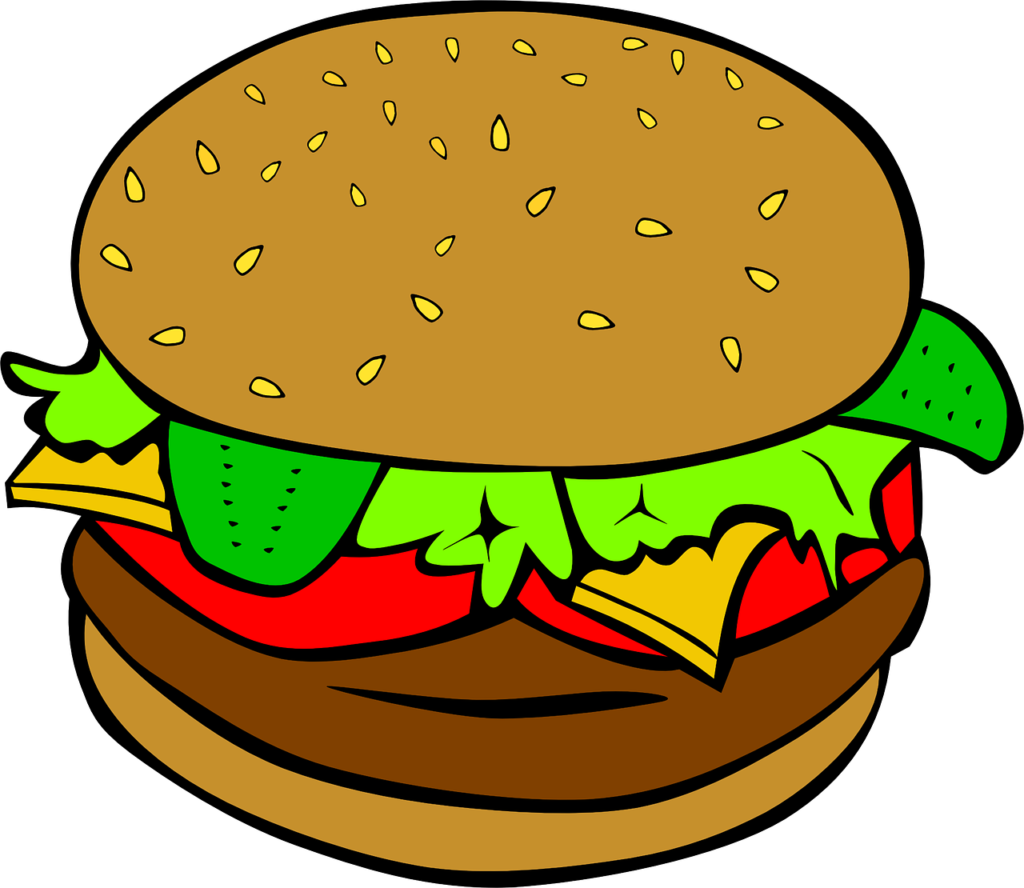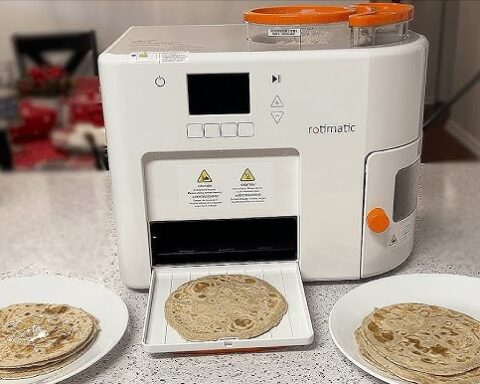The Financial Troubles Plaguing Fast Food Operators
The fast food industry has faced growing challenges in recent years that have squeezed profit margins. Rising costs for ingredients, labor, rent, and other expenses have cut into earnings. At the same time, consumer preferences have slowly shifted toward newer fast casual dining competitors with higher quality ingredients and customization.
This combination of rising costs and lagging sales has meant less cash flow available to service debts built up from expanding locations or renovations. For some major fast food chains, filing for Chapter 11 bankruptcy protection has become the best path forward to regain solid financial footing.
Key Factors Behind the Financial Struggles
Several key factors help explain why major fast food chains have struggled recently:
- Ingredient costs – Prices for beef, chicken and other proteins have risen, forcing menu price increases that turn off some customers. Wholesale food costs rose 8% in 2019.
- Wage growth – With low unemployment, chains have raised wages to hire cooks and cashiers. Labor costs can represent 30% of sales.
- Rent – Many fast food locations operate in expensive retail spaces, pushing rent higher.
- Fast casual competition – Newer chains like Panera and Chipotle have pulled some customers away with higher quality food and atmosphere.
These cost and competitive pressures have squeezed profit margins down to the low single digits for some of the largest franchise operators. Without enough cash flow, they struggle to pay back heavy debt loads.
Fast Food Franchise Operator Profit Margins Company | 2019 Profit Margin NPC International | 1.8% Yum Brands (KFC, Taco Bell) | 8% McDonald’s | 20%
Data from market realist
For less profitable operators, restructuring through the bankruptcy courts increasingly looks like the only viable path forward.
An Introduction to Chapter 11 Bankruptcy
Filing for Chapter 11 bankruptcy allows large companies to continue normal business operations while developing a court-approved plan to restructure debts and reshape their financial outlook.
The process gets its name from the chapter of the U.S. federal bankruptcy code that regulates it. Public companies and businesses generally use Chapter 11, while individuals typically file under Chapter 7 or Chapter 13.
How Chapter 11 Bankruptcy Works
When a business files Chapter 11, an automatic stay is enacted that prevents creditors and other parties from taking action to collect debts. This pause gives the distressed company time to address its financial troubles without having assets seized or being forced out of business prematurely.
Other key aspects include:
- The current management team usually stays in place but operates under supervision of bankruptcy court and creditors.
- The company continues normal business operations as much as possible.
- A reorganization plan is developed in consultation with creditors that allows the business to emerge with a more sustainable debt load. This may involve reducing the total debts owed and/or altering repayment terms.
- The court ultimately approves or rejects proposed reorganization plans.
Essentially, Chapter 11 bankruptcy works as a structured reset. It’s not necessarily the end for the business if they can return to profitability under a reshaped financial structure.
Chapter 11 Bankruptcy Process Flow 1. Company files bankruptcy petition + first-day motions 2. Automatic stay stops collections 3. Operations continue 4. Reorganization plan developed 5. Plan approved/rejected by court 6. Company emerges from Ch.11
For franchise-focused businesses like NPC International or CraftWorks Holdings, the parent corporation is the one that actually files Chapter 11. But this then assists their operating subsidiaries running hundreds of restaurant locations.
Recent Fast Food Operator Bankruptcies
Some of the largest franchisees and restaurant operators have filed for bankruptcy in the last couple years trying to shed debt and reshape their business.
NPC International – Pizza Hut + Wendy’s Franchisee
One of the biggest filings came in July 2020 when NPC International entered Chapter 11 bankruptcy. This company happens to be the largest franchisee of Pizza Hut restaurants in the world, operating over 1,200 locations. They also run nearly 400 Wendy’s franchise units.
Prior to coronavirus disruptions, NPC already struggled with rising food, wage, and rent costs mentioned earlier. But the pandemic hit to sales was the last straw.
NPC reportedly had over $900 million in debts when entering bankruptcy court. They continue operating locations normally while negotiating a restructuring plan.
Other Major Filings
Beyond NPC, other recent fast food franchisee bankruptcies include:
- Krystal – This quick service burger chain filed in January 2020 after closing stores in 2019. They emerged from bankruptcy in May after reducing debts by $400 million.
- CraftWorks Holdings – Owner and franchisor of Logan’s Roadhouse and Old Chicago Pizza filed in March 2020. They operate hundreds of casual restaurant locations.
- Houlihan’s – Filed in October 2019 after closing restaurants. They continue operating under new ownership after the bankruptcy process.
Several other franchisees or multi-location restaurant groups have filed as well, citing familiar cost and revenue challenges.
Navigating the Chapter 11 Restructuring Process
For fast food companies that enter Chapter 11, the process involves negotiating with creditors, landlords, suppliers and other stakeholders to reshape the business finances.
The goal is gaining court approval for a path that reduces the total debts owed while returning the company to profitability. This may require concessions by all parties since forcing liquidation would result in much larger losses.
Key Steps in the Restructuring Process
The bankruptcy court supervision gives the distressed company power to alter contracts and remake certain debts unilaterally. But major changes do require creditor consent as part of final reorganization plan approval.
Typical Chapter 11 Restructuring Process: 1. File “first-day” motions for operational authority 2. Communicate with suppliers, landlords on support 3. Propose restarting or rejecting store leases 4. Develop financial projections on profitability 5. Negotiate with creditors on debt reductions 6. Submit draft reorganization plan + disclosure statement 7. Gain vote from creditors accepting modifications 8. Get court confirmation of reorg plan
Franchisees of major chains have some advantages in this process. Brand recognition provides leverage when negotiating lease rates with landlords or supply terms with distributors.
The companies also showcase performance improvements and location closings to prove financial viability looking ahead. This convinces creditors reducing debts today gives a better outcome than forcing liquidations to recoup losses.

Life After Chapter 11 Bankruptcy
Once a company successfully navigates the Chapter 11 process and court approval, they emerge with a reconstituted financial structure. This second chance allows resuming business with an improved outlook.
What Changes Post-Bankruptcy
The business usually experiences several major changes post-bankruptcy:
- Lower Debts – Through court negotiations, certain debts are reduced or eliminated completely. This drops ongoing interest expenses.
- Leaner Footprint – Underperforming locations often close through the process. The remaining portfolio has stronger sales.
- New Owners – In some cases, creditors take equity in the reorganized company in return for debt concessions.
- Performance Focus – Management aims to lift revenue through better operations and marketing rather than financial engineering.
Essentially, the enterprise transforms from one burdened by heavy debts accumulated in the past into a newly focused operating company.
Promotions + Brand Power Help Stabilize
For restaurant chains and franchisees specifically, promotions to bring back customers are crucial after emerging from Chapter 11.
NPC International, for example, relied on Pizza Hut’s dominant brand awareness. Offering deals brought sales back as locations reopened from pandemic shutdowns.
Having an established brand provides a major advantage over an independent restaurant without awareness and customer loyalty. Franchisees can also get marketing support from corporate parents exiting bankruptcy.
Is Chapter 11 Always the Sign of a Failure?
Major media coverage often paints Chapter 11 bankruptcy as the sign of a business failure. But the reality is more nuanced.
In some cases, it does ultimately lead to complete shutdown if turnaround plans fall short. But for companies with fundamentally strong brands and customer loyalty, the structured debt relief catapults them into a rebuilt future.
NPC International had clear financial and operational problems before 2020. But Pizza Hut locations will likely run for years to come under better calibrated finances. The same goes for large franchisees of other major chains.
Outcomes of Chapter 11 Bankruptcy Filings Scenario 1: Company fails to stabilize, gets liquidated Scenario 2: Company recovers, continues with less debt
Chapter 11 certainly signals past issues with profitability and debts. But with court protection, many companies reshape themselves into healthier and more sustainable businesses without the excess leverage weighing them down.
The key is having loyal customers, supplier support, and landlord flexibility to make the operational turnaround feasible over 1-2 years in bankruptcy.
For large franchisees or restaurant chains, Chapter 11 has become an unfortunate but viable path back to viability. Expect to see other filings until the economy, cost pressures, and consumer behavior improve post-pandemic.
Read More Article About Intrpidfood.eu









Greetings! I know this is kind of off topic but I was wondering which blog platform are you using for this website? I’m getting fed up of WordPress because I’ve had issues with hackers and I’m looking at options for another platform. I would be awesome if you could point me in the direction of a good platform.
Yes You Can Use WordPress Platform
Well I truly liked reading it. This subject procured by you is very helpful for accurate planning.
Can I simply say what a aid to seek out somebody who really is aware of what theyre talking about on the internet. You positively know how you can bring an issue to gentle and make it important. More individuals must read this and understand this aspect of the story. I cant imagine youre no more well-liked since you positively have the gift.